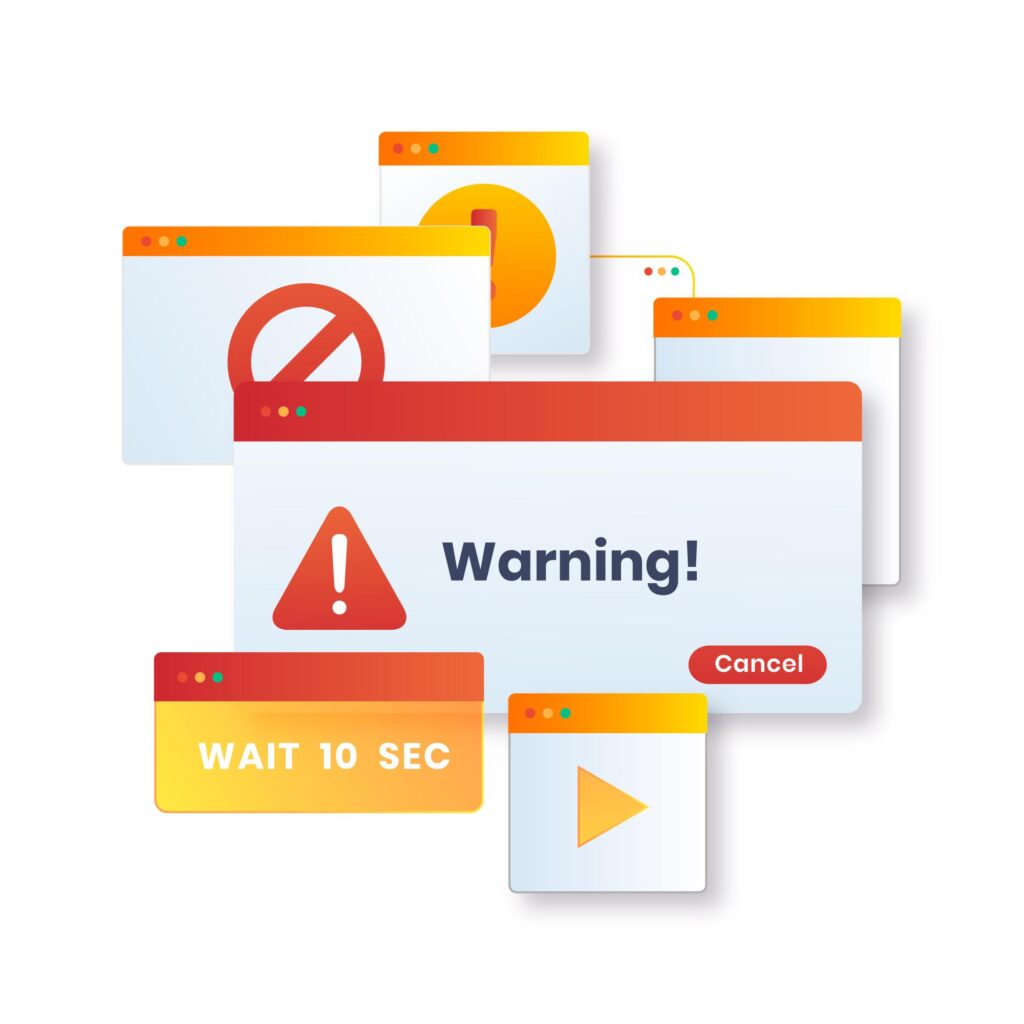Toxic Backlinks: SEO Nightmare or Overblown Hype?
When it comes to SEO, backlinks are often hailed as the holy grail of ranking success. But what happens when those links turn toxic? Do they actually sabotage your site’s rankings, or is the panic over toxic backlinks just another overblown SEO myth? Let’s break it down.
When it comes to SEO, backlinks are often hailed as the holy grail of ranking success. But what happens when those links turn toxic? Do they actually sabotage your site’s rankings, or is the panic over toxic backlinks just another overblown SEO myth? Let’s break it down.

What Are Toxic Backlinks?
Toxic backlinks are links from low-quality or spammy websites that point to your domain. Search engines, particularly Google, view these links as manipulative and potentially harmful to your site’s credibility. Toxic backlinks can come from:
- Spam sites filled with low-quality or auto-generated content.
- Private Blog Networks (PBNs) created solely to manipulate rankings.
- Link farms where websites exist just to exchange backlinks.
- Hacked sites that distribute malicious links.
- Irrelevant, foreign, or non-contextual links that don’t add value to your niche.
Do Toxic Backlinks Really Hurt Your SEO?
The answer isn’t a simple yes or no. While Google has significantly improved its algorithm to detect and ignore spammy links, there are still instances where toxic backlinks can harm your site. Here’s how:
Manual Penalties
If Google detects that you’ve engaged in link schemes (buying links, excessive link exchanges, or spammy guest posting), you could receive a manual action. This can drastically drop your rankings or even remove your site from search results.
Algorithmic Adjustments
Even if you don’t get a manual penalty, Google’s Penguin algorithm update continuously works to devalue spammy links. While it won’t directly penalize your site, it may ignore certain backlinks, meaning your SEO efforts are wasted if you rely on these shady practices.

Negative SEO Attacks
Competitors with malicious intent sometimes create toxic backlinks to harm rival websites. While Google claims to ignore such attacks, many SEOs still fear their impact, leading them to actively monitor and disavow harmful links.
When Are Toxic Backlinks a Load of Baloney?
Not all backlinks labeled as ‘toxic’ by SEO tools like SEMrush or Ahrefs are truly dangerous. These tools use automated algorithms to flag potentially harmful links, but they’re not foolproof. Sometimes, they classify harmless links as toxic based on factors like:
- The domain’s low authority score.
- A high number of outbound links from a website.
- Links from foreign domains (which are sometimes legitimate).
- Sudden spikes in backlinks (which can occur naturally due to viral content).
Google is smart enough to ignore low-quality backlinks rather than penalizing a website for them. If you haven’t engaged in shady link-building tactics, chances are you don’t need to lose sleep over every flagged backlink.
How to Handle Toxic Backlinks?

If you suspect harmful backlinks, here’s how to deal with them:
- Analyze Your Backlink Profile – Use Google Search Console, Ahrefs, or Moz to check for unnatural patterns.
- Reach Out for Removal – Contact website owners and request link removal.
- Disavow Links – If necessary, use Google’s Disavow Tool to tell Google to ignore harmful links.
Final Verdict: SEO Threat or Overreaction?
Toxic backlinks can harm your SEO, but not every flagged link is a cause for alarm. Google is better at filtering out spammy links than ever before. Focus on building high-quality, natural backlinks, and avoid black-hat tactics. Instead of panicking, take a proactive approach—monitor your backlink profile, remove truly harmful links, and let Google do the rest.
At the end of the day, toxic backlinks are neither a full-blown SEO disaster nor complete nonsense. The key is knowing which ones to worry about and which ones to ignore.


